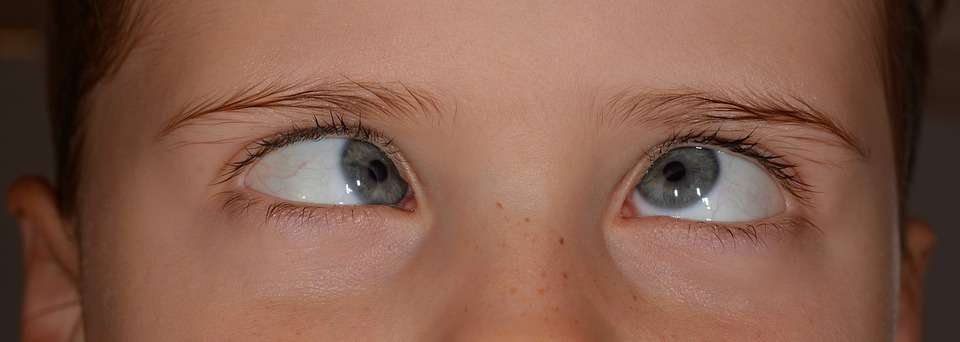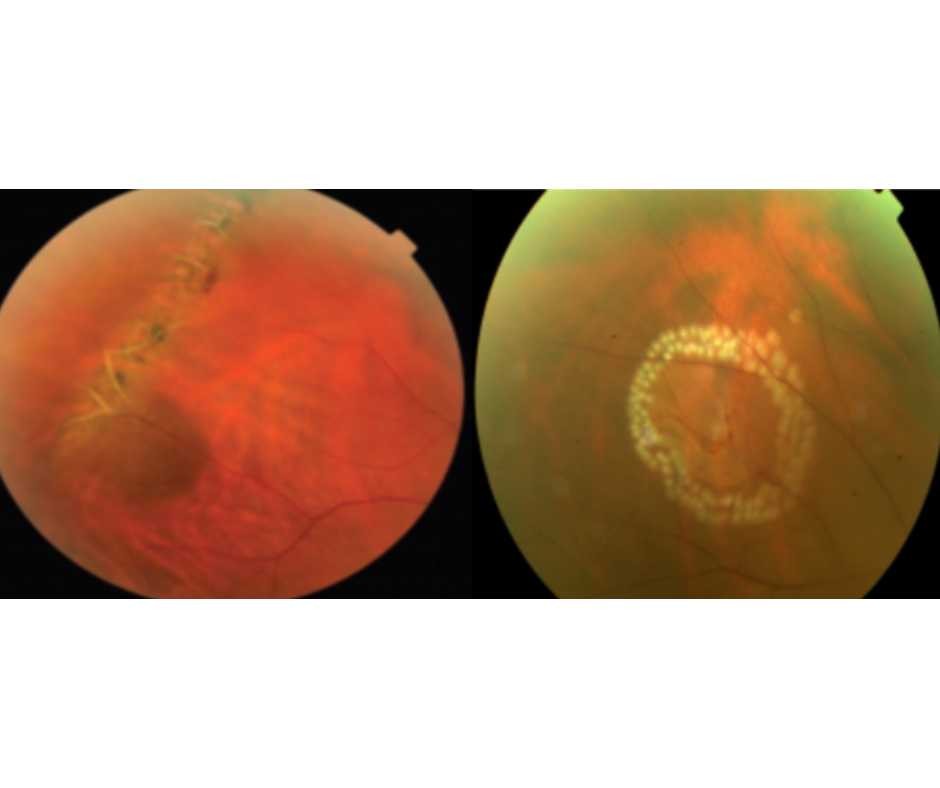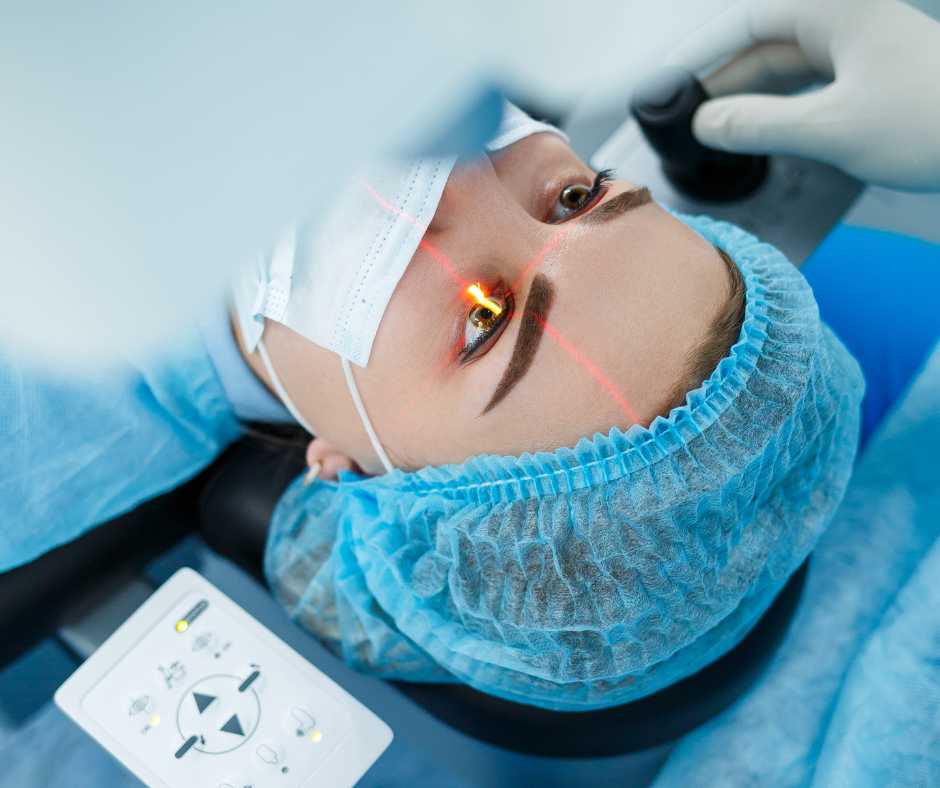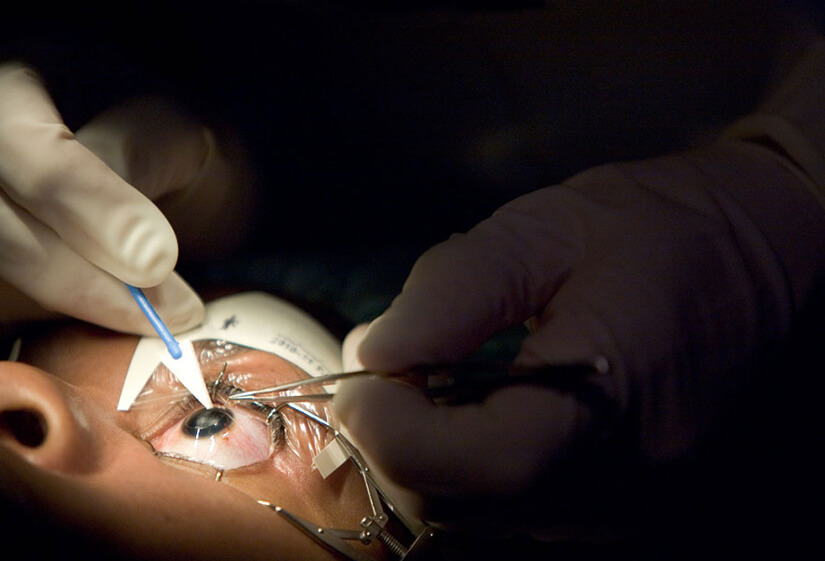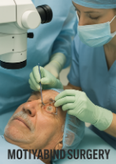Introduction:
The condition known as squint eye, or strabismus, causes misalignment of the eyes. While commonly associated with children, squint eye can also affect adults, causing discomfort and visual impairment. Fortunately, there are various treatment options available to correct squint eye in adults, ranging from non-surgical interventions to surgical procedures. In this blog post, we will explore these treatment options, providing valuable insights and expert advice for those seeking to improve their vision.
Understanding Squint Eye in Adults:
- Definition and causes of squint eye in adults.
- Impact on vision and daily life.
- Importance of early diagnosis and treatment.

Non-Surgical Treatment Options for strabismus:
- Vision therapy involves a series of exercises and techniques meticulously designed to strengthen eye muscles and enhance coordination. Through these targeted activities, individuals can gradually improve their visual abilities and experience enhanced overall eye functionality.
- Prism glasses, on the other hand, are corrective lenses that help align the eyes and improve binocular vision.
- Botox injections provide a temporary solution by effectively relaxing specific eye muscles, thereby reducing misalignment. This approach offers a non-permanent way to address alignment issues and can be particularly beneficial in certain cases.
Surgical Treatment Options:
- Strabismus surgery is a meticulous corrective procedure aimed at realigning the eye muscles and effectively restoring proper eye alignment. This surgical intervention plays a crucial role in addressing visual coordination issues and can significantly enhance overall visual function.
- Minimally invasive techniques: Overview of advanced surgical approaches, such as adjustable sutures and endoscopic procedures.
- After undergoing the Botox injection procedure, understanding the recovery process is crucial for patients. After the muscles relax, we expect a gradual healing phase.Transitioning into the rehabilitation period, individuals can anticipate specific outcomes, such as improved eye alignment and a temporary reduction in misalignment-related symptoms.
Expert Advice and Tips:
1. Importance of consulting an ophthalmologist or a squint specialist.
2. Lifestyle modifications to support treatment outcomes.
3. Long-term management and follow-up care.
Surgical Treatment Options:
01
Strabismus surgery
- “To correct misaligned eye muscles and restore proper eye alignment, a corrective procedure can be employed, which involves precisely realigning the muscles. This procedure aims to enhance visual coordination and ensure that both eyes work together seamlessly.”
02
Minimally invasive techniques
Overview of advanced surgical approaches, such as adjustable sutures and endoscopic procedures.
03
After undergoing the corrective procedure, understanding the recovery process is crucial. Following the realignment of eye muscles, gradual healing is anticipated. Transitioning into the rehabilitation phase, patients can expect improved eye coordination and alignment, leading to enhanced visual acuity and a better quality of life.
Conclusion:
It can be effectively corrected through a range of treatment options, offering hope for improved vision and enhanced quality of life. Whether through non-surgical interventions or surgical procedures, it is crucial to seek professional guidance and explore the most suitable treatment plan. By understanding the causes, available treatments, and expert advice, individuals with squint eye can take proactive steps towards achieving optimal eye alignment and visual clarity.

